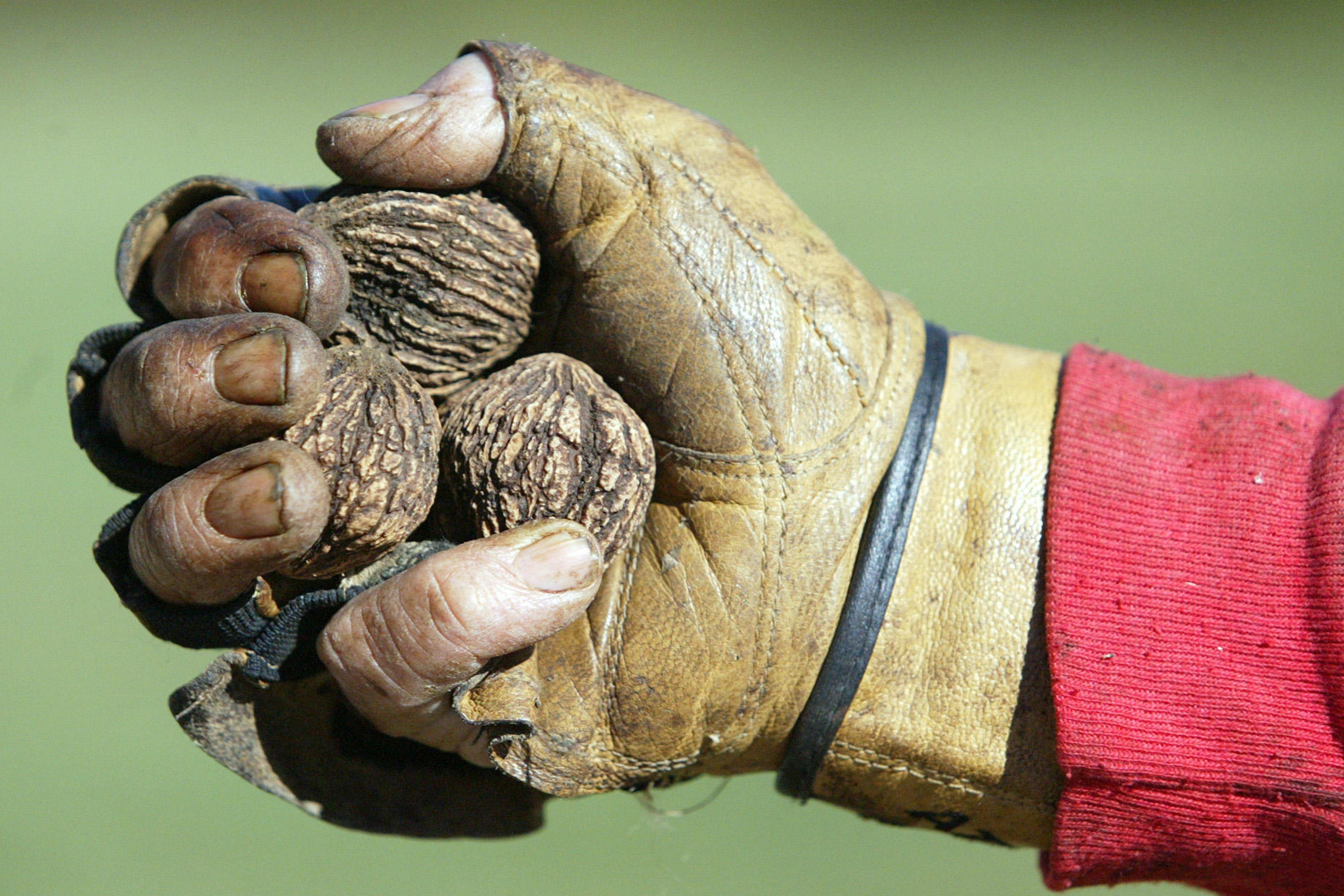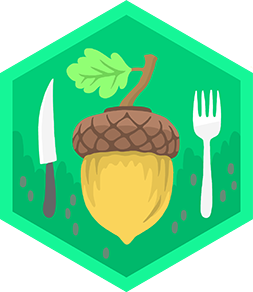Forage for wild nuts and seeds
Safely forage for fallen wild nuts and seeds with adult supervision, learn identification, record locations, and make simple crafts or educational recipes.



Step-by-step guide to forage for wild nuts and seeds
Foraging for Beginners 🌱🍄🌰
Step 1
Gather all the materials and put them into a small bag so you’re ready to go.
Step 2
Ask an adult to check local rules about foraging and to agree on a safe place to search.
Step 3
Walk with your adult to the agreed safe spot and stay together the whole time.
Step 4
Look on the ground under trees and along paths for fallen nuts and seeds and scan carefully.
Step 5
Pick up one kind of nut or seed at a time and place each type into its own paper bag or envelope.
Step 6
Write a short code on a label and tape it to each bag so you can tell them apart later.
Step 7
In your notebook draw a simple map and write each bag’s code next to the spot where you found it.
Step 8
Use the field guide or plant ID app with your adult to identify each sample and write the name by the code in your notebook.
Step 9
Examine each sample with the magnifying glass and sketch any interesting details and sizes in your notebook.
Step 10
With your adult, decide which samples are safe to touch or eat and mark those bags clearly; never taste anything unless an adult says it is safe.
Step 11
Pick a simple craft or an educational recipe that uses only the safe items you collected and set up your craft area.
Step 12
Make your craft or recipe using the safe nuts and seeds following your plan.
Step 13
Clean up your space and wash your hands well with soap and water.
Step 14
Share a photo and what you learned about your finds and your finished creation on DIY.org.
Final steps
You're almost there! Complete all the steps, bring your creation to life, post it, and conquer the challenge!


Help!?
If we can't find paper bags, a magnifying glass, or a plant field guide, what can we use instead?
Use clean sandwich bags or folded wax paper instead of paper bags or envelopes, a smartphone camera or reading glasses for the magnifying-glass step, and a free plant ID app or library printouts in place of a field guide, carrying everything in any small bag from step one.
What should we do if labels fall off bags or different nuts get mixed together while foraging?
Stop collecting, separate the mixed items back into single-type paper bags or envelopes, retape fresh labels with the short code, and update the notebook map and photos so each bag's code matches the recorded find before continuing.
How can we adapt this activity for different ages?
For toddlers focus on spotting and placing a few safe items into separate bags with an adult and making big drawings in the notebook, for school-age kids add careful mapping, magnifying-glass sketches and simple IDs, and for teens expect full use of the plant ID app, GPS-tagged photos and planning a more complex craft or recipe.
How can we extend or personalize the activity after we've collected and made the craft?
Turn your labeled bags, notebook sketches and codes into a display or shadow box, create a digital map or slideshow to share on DIY.org, try new safe recipes using the collected nuts and seeds, or submit your identifications to a citizen-science app for extra learning.
Watch videos on how to forage for wild nuts and seeds
Learn to Forage Wild Edibles with Sam Thayer and Robin Greenfield
Facts about wild foraging and plant identification
⚠️ Not all wild seeds are edible—always identify plants carefully, double-check with an adult or guidebook, and never taste anything unless you're sure it's safe.
🌱 A single oak can drop thousands of acorns in a "mast" year, making some seasons great for finding wild food (with adult supervision!).
🗺️ Citizen-science apps like iNaturalist let families record where they found seeds and nuts—scientists use those observations to learn about ecosystems.
🌰 Some items we call "nuts" (like peanuts) are actually legumes, while tree nuts (walnuts, hazelnuts, chestnuts) are the seeds of fruiting trees.
🐿️ Squirrels and jays hide thousands of nuts every year—forgotten ones often sprout into new trees, so fallen nuts are nature's treasure map!
How do I safely forage for wild nuts and seeds with my child?
What materials do I need to forage for wild nuts and seeds and make simple crafts or recipes?
What ages is nut-and-seed foraging suitable for?
What are the benefits and safety tips for foraging wild nuts and seeds with kids?


One subscription, many ways to play and learn.
Only $6.99 after trial. No credit card required


